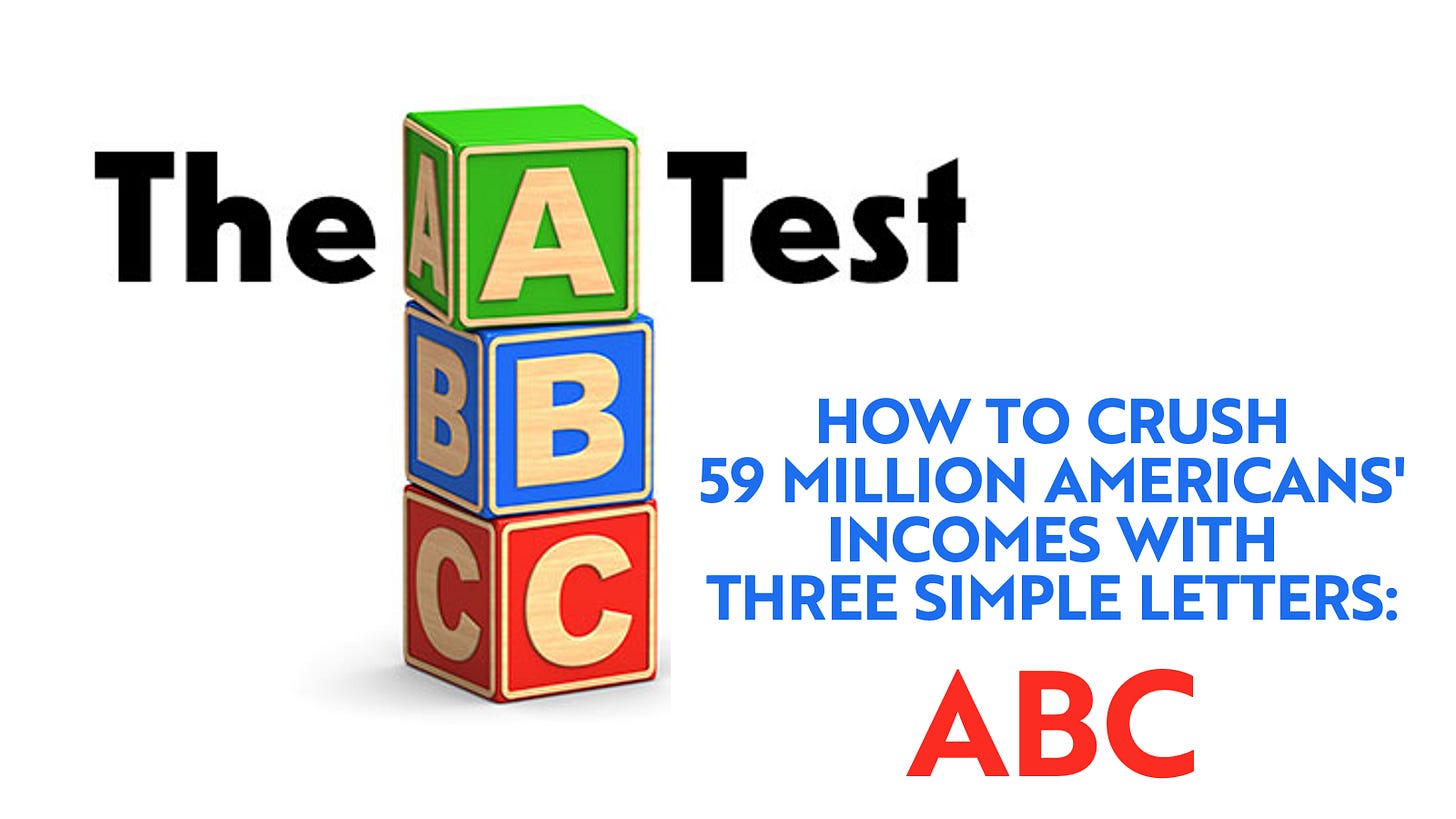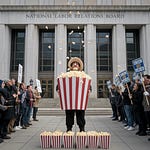With union membership down to 10.3 percent of the American workforce—or 14 million workers—and 59 million workers who are independent contractors (aka ‘freelancers’ or ‘gig workers’) who are not unionized, unions and their allies in state and federal government are attacking the “gig economy.”
What began in California as a law called ‘AB5’ to push a concept called the ABC Test—which has had catastrophic consequences on tens of thousands of people—has expanded nationally into the currently-stalled PRO-Act and, now, the National Labor Relations Board is looking to implement the ABC Test to define what constitutes an independent contractor vs. an “employee” for the purpose of unionization.
On this episode of Labor Relations Radio, host Peter List discussed the ramifications of the ABC Test with two individuals on the front lines in the battle to try to stop it.
Kim Kavin and Lisa Rothstein are both freelancers—one in New Jersey, the other in California—who, along with others, have been leading a grassroots effort to raise awareness to the ABC Test.
Kim is one of the leaders of FightForFreelancers USA, and Lisa has been involved with Freelancers Against AB5 since the beginning.
Links
Under the ABC test, a worker will be deemed to have been “suffered or permitted to work,” and thus, an employee for wage order purposes, unless the putative employer proves:
(A) that the worker is free from the control and direction of the hiring entity in connection with the performance of the work, both under the contract for the performance of the work and in fact;
(B) that the worker performs work that is outside the usual course of the hiring entity’s business; and
(C) that the worker is customarily engaged in an independently established trade, occupation, or business of the same nature as the work performed.















Share this post